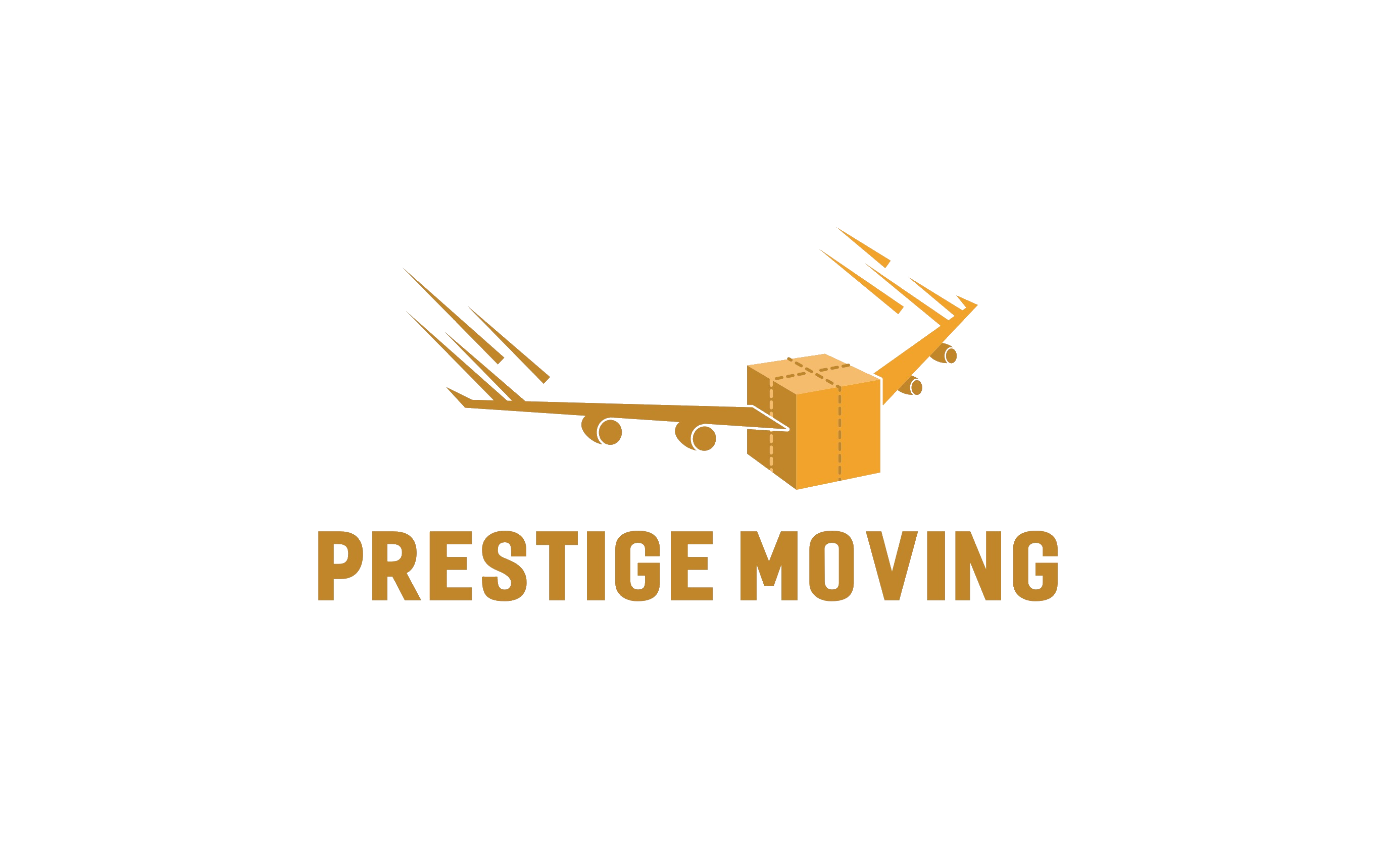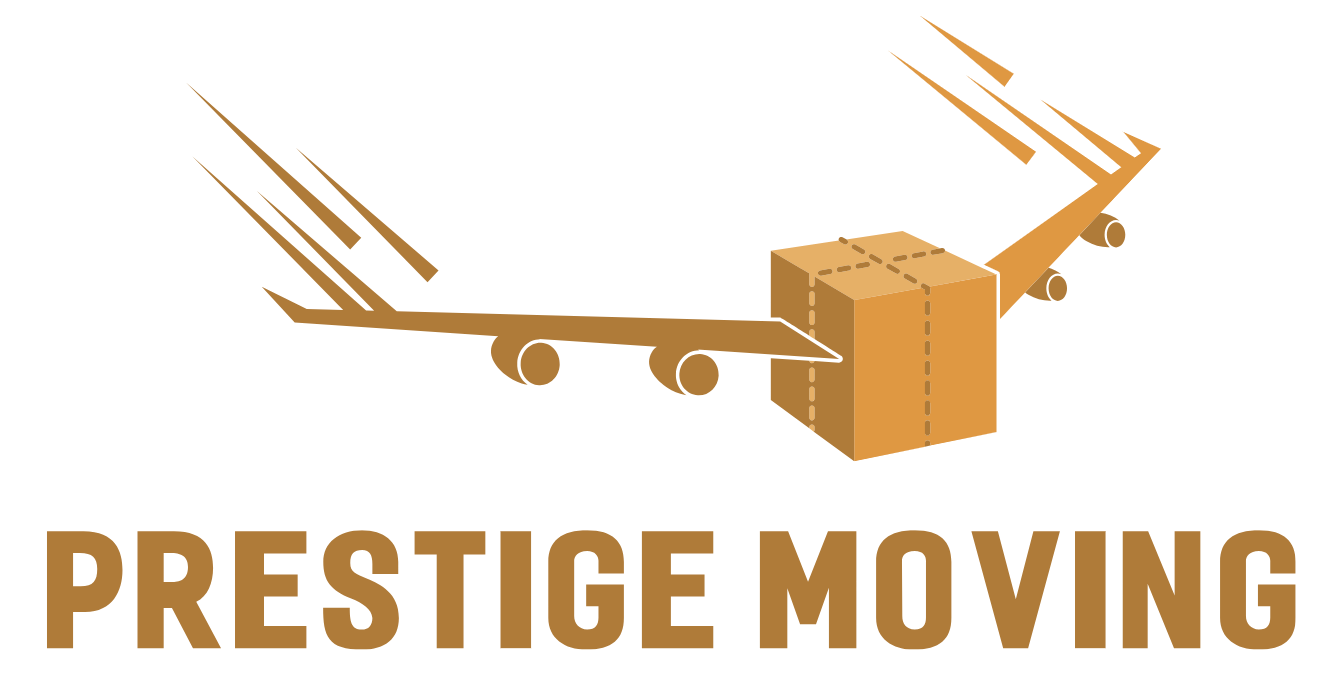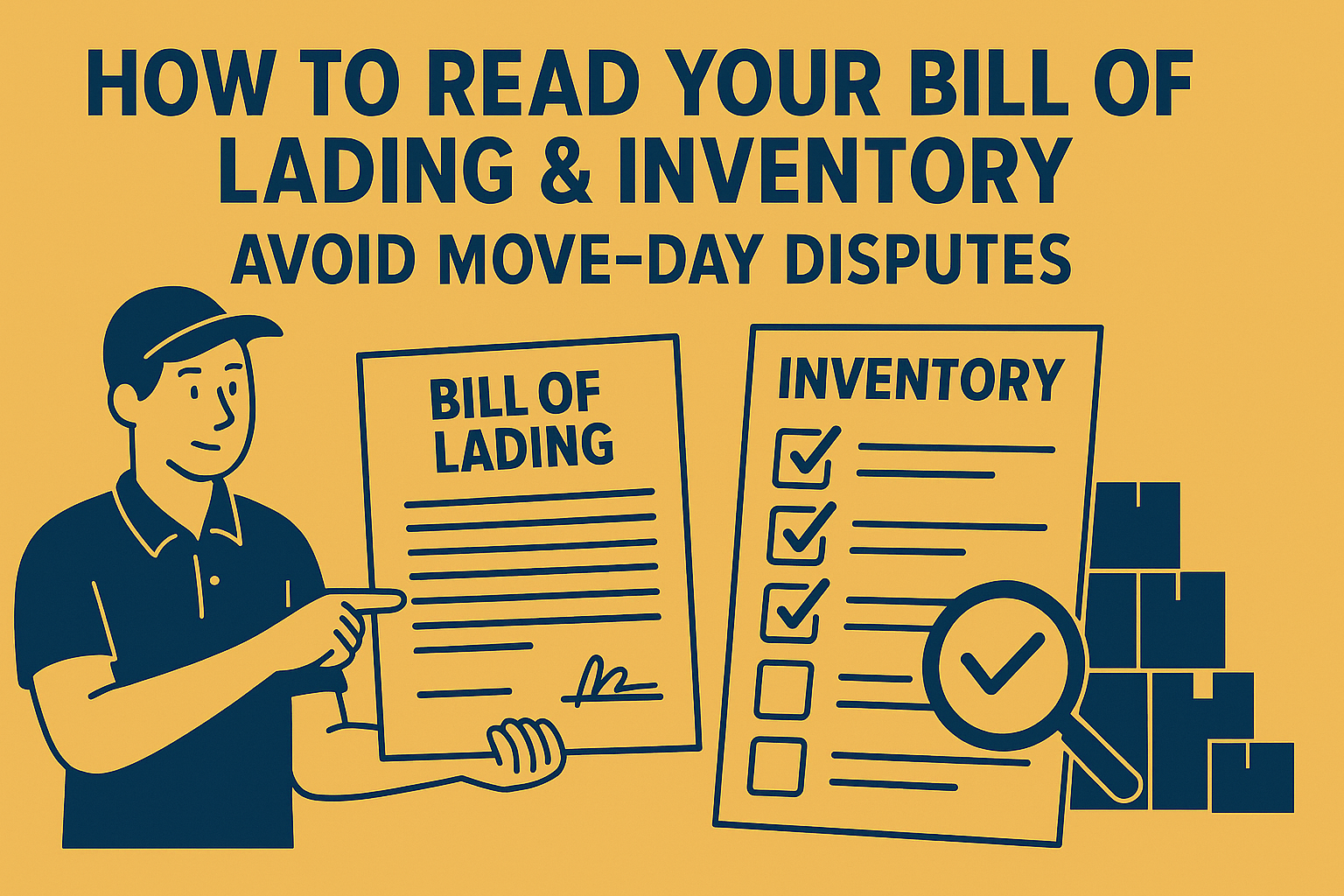When moving day arrives, one of the most important documents you’ll encounter is the Bill of Lading (BOL) and the associated inventory sheet. These documents are not just formalities; they are legally binding agreements that dictate the terms of your move, the responsibility of your moving company, and the rights you hold as a customer. Misunderstanding or overlooking details can lead to costly disputes. This comprehensive guide will break down exactly how to read, understand, and safeguard yourself with these crucial moving documents.
What Is a Bill of Lading?
The Bill of Lading is a legal contract between you and the moving company. It acts as both a receipt for your belongings and a statement of terms. Every professional mover in Canada, including trusted Ottawa movers like Prestige Moving, is required by law to provide one.
Key functions of the Bill of Lading include:
- Proof of contract: It details the agreement you’ve made with the moving company.
- Receipt for goods: It lists what the company has taken responsibility for.
- Documentation of liability: It defines what happens in case of loss, damage, or delays.
Why the Inventory Sheet Matters
Alongside the Bill of Lading, movers prepare a detailed inventory sheet. This checklist assigns numbers to each item or box loaded onto the truck and describes the condition of your belongings at pickup.
Think of it as your protection against damage claims. If your solid wood dining table leaves in good condition but arrives scratched, the condition notes on the inventory are your best defense for reimbursement.
For families moving antiques or specialty furniture, hiring experts such as professional antique furniture movers in Ottawa ensures both documents are meticulously maintained.
Sections of the Bill of Lading You Must Understand
1. Contact and Identification Information
The BOL begins with details of both the mover and the customer. Verify:
- Your name, address, and phone number are correct.
- The mover’s official company name and licensing numbers are present.
- Pickup and delivery addresses match your move details.
Mistakes here can cause delivery delays or liability confusion.

2. Estimated Costs and Pricing
Before signing, ensure charges are clear and aligned with your moving estimate. If you’ve reviewed Ottawa moving pricing, compare it to what’s written here. Look for:
- Hourly or flat-rate costs
- Packing service fees
- Fuel surcharges or stair fees
- Insurance premiums
3. Liability and Insurance Options
Federal law requires moving companies to outline their liability coverage. You typically have two choices:
- Released Value Protection – Minimal coverage, usually $0.60 per pound.
- Full Value Protection – The mover must repair, replace, or reimburse at current market value.
For high-value moves, particularly long-distance relocations, consider reviewing resources like the Canadian Transportation Agency’s consumer rights guide to understand your legal protections.
4. Pickup and Delivery Dates
The BOL specifies expected pickup and delivery dates. If delivery windows aren’t honored, you may be entitled to compensation. Always confirm whether “guaranteed delivery” is included, especially for cross-country or corporate moves.
5. Signatures and Acknowledgements
Your signature confirms you agree to the terms. Upon delivery, signing acknowledges you received your belongings in the recorded condition. Never sign a blank or incomplete Bill of Lading.
How to Read and Verify the Inventory Sheet
1. Check Item Numbers
Every item is tagged with a corresponding inventory number. Ensure:
- Each box or piece of furniture has a sticker.
- Numbers are consecutive and match the sheet.
2. Review Condition Notes
Movers use shorthand for conditions (e.g., “SC” for scratched, “M” for marred). If your sofa is flawless but marked “SC,” request a correction before signing. This prevents disputes when filing claims later.
3. Confirm Quantity of Items
Count your boxes during loading and unloading. Missing numbers on the sheet may indicate items left behind or overlooked.
4. Cross-Check at Delivery
At destination, go line by line with the mover:
- Match every item tag.
- Confirm condition upon arrival.
- Flag discrepancies immediately.
If an item is missing, note it directly on the inventory before signing off.
Common Bill of Lading Mistakes That Lead to Disputes
- Signing without reviewing charges – Some movers add hidden fees.
- Ignoring insurance options – Opting for minimal protection often leaves customers undercompensated.
- Accepting vague condition notes – “Good” vs. “Excellent” can make a major difference.
- Not getting a copy – Always keep a duplicate for your records.
How to Protect Yourself Before Move Day
- Request a written estimate in advance. Compare with guides such as how much it costs to hire movers in Ottawa.
- Ask for clarification on surcharges. Understand stair fees, long-carry charges, or shuttle services before signing.
- Take photos of valuables. Visual proof supports inventory notes in case of damage claims.
- Verify mover credentials. Confirm licenses with government registries or the Better Business Bureau.
Long-Distance and Specialty Moves: Why Accuracy Matters More
For long-distance relocations, the Bill of Lading is not just paperwork—it’s a lifeline for accountability. Misunderstandings here can result in weeks of delay or denied claims. That’s why many homeowners partner with trusted long-distance movers in Ottawa who prioritize transparent documentation.
For specialty services—such as piano moves, antique furniture, or senior relocations—inventory accuracy ensures delicate items are logged and handled with care.
When to Dispute and How
If discrepancies arise:
- Note it in writing on the delivery paperwork.
- File a claim immediately—most movers have strict deadlines.
- Contact consumer protection agencies if your mover is unresponsive.
In Canada, agencies like the Canadian Transportation Agency can help resolve disputes.
Final Checklist Before You Sign
- Double-check addresses and contacts.
- Compare charges to your estimate.
- Verify liability coverage selection.
- Inspect and correct inventory notes.
- Ensure you receive copies of both documents.
Conclusion: Documentation Is Your Best Protection
Understanding your Bill of Lading and inventory sheet is the single best way to prevent disputes on moving day. Clear documentation protects your rights, ensures fair compensation, and holds movers accountable. Whether you’re booking local movers in Ottawa or preparing for a cross-country relocation, mastering these documents is a non-negotiable step in safeguarding your move.
For personalized assistance, transparent estimates, and expert handling of your Bill of Lading, contact Prestige Moving today.


